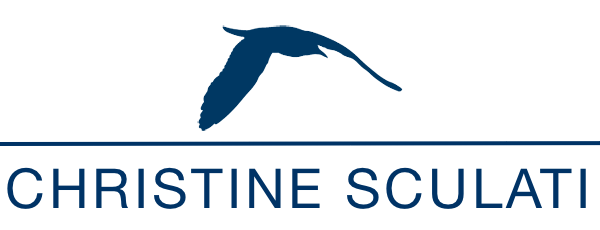Land conservation nonprofit makes a deal with Girl Scouts to protect redwood forest

Two nonprofits made a deal to protect redwood forests while saving aging camp facilities owned by the well-known American institution whose mission is to empower girls.
On March 1, 2012, the Sempervirens Fund paid $2.86 million for two conservation easements in the Santa Cruz Mountains that will permanently protect ecologically rich properties owned by the Girl Scouts of North America, an organization with an indelible brand that celebrates its 100-year anniversary on March 12, 2012.
On these properties, the 79,000-member northern California council of Girl Scouts USA operates two summer camps: the 142-acre Camp Butano Creek, which backs up to Butano State Park, and the 270-acre Skylark Ranch, located upslope from Año Nuevo State Park, the world famous breeding grounds for the northern elephant seal.
By purchasing the easements, the Sempervirens Fund strips the development rights for these properties in perpetuity. Beyond easements, the 111-year-old Sempervirens Fund has been in the business of acquiring lands for permanent protection, saving over 33,500 acres of redwood forests in the Santa Cruz Mountains by raising $50 million to buy lands from willing sellers.
With the funds from the Sempervirens Fund easement sale, the Girl Scouts of Northern California will make upgrades and maintain the camp facilities on the land that they will continue to own.
According to a joint press release by the two nonprofits, the Girl Scouts were considering shutting down the two camps and selling their properties, both of which are zoned for commercial timber harvest and residential development. The camps, which have been in use since the 1950’s, need costly repairs.  Both properties protect redwood forests, including over 1,420 old-growth trees that provide habitat for the marbled murrelet, an endangered sea bird that nests in old-growth trees. Creeks running through the properties are habitat to endangered central coast steelhead trout.
Both properties protect redwood forests, including over 1,420 old-growth trees that provide habitat for the marbled murrelet, an endangered sea bird that nests in old-growth trees. Creeks running through the properties are habitat to endangered central coast steelhead trout.
A portion of the funding for this project, $750,000, came from the Gordon and Betty Moore Foundation through the Living Landscape Initiative Challenge Grant Program of the Resources Legacy Fund.

